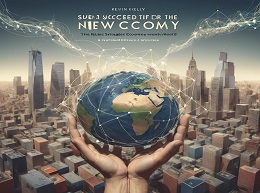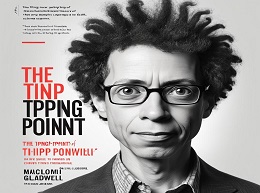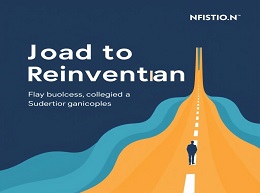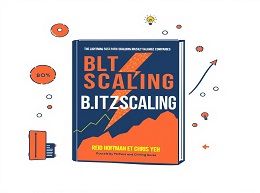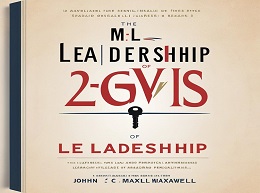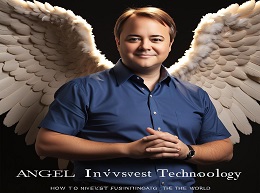The Four Hour Work Week: Escape 9-5, Live Anywhere, and Join the New Rich

The Paradigm Shift in Work and Lifestyle
"The Four Hour Work Week: Escape 9-5, Live Anywhere, and Join the New Rich" by Tim Ferriss is a revolutionary guide that challenges conventional notions of work and life balance. Published in 2007, Ferriss' book quickly became a bestseller, resonating with those seeking freedom from the traditional 9-5 grind. This review delves into the key principles and strategies Ferriss presents, offering real-world examples and actionable insights for those aspiring to redesign their lives.
Crafting Your Vision
Ferriss introduces the concept of the "Dreamline," a tool to help readers articulate their dreams and set specific, actionable goals. The Dreamline combines dream-setting with timelines, prompting individuals to envision their ideal lifestyle in terms of activities, possessions, and experiences. This process involves detailed planning and financial estimation, pushing readers to think about what they truly want from life.
Example: A Life of Adventure
Imagine a corporate employee named Sarah who dreams of traveling the world. By using the Dreamline, Sarah identifies her desire to visit ten countries in the next two years. She breaks down the costs and logistical requirements, setting clear milestones. This approach transforms her abstract dream into a concrete plan, making it feasible to achieve.
The Pareto Principle
A cornerstone of Ferriss' philosophy is the Pareto Principle, or the 80/20 rule, which suggests that 80% of results come from 20% of efforts. Ferriss advises readers to focus on the most productive activities and eliminate the rest. This principle can be applied to various aspects of life, from work tasks to personal relationships.
Example: Streamlining Business Operations
Consider John, an entrepreneur overwhelmed by daily business operations. By applying the Pareto Principle, John identifies that a small portion of his clients generates the majority of his revenue. He decides to focus on nurturing these key clients and outsourcing less critical tasks, significantly increasing his efficiency and profitability.
Building a Remote Team
Ferriss emphasizes the importance of automation and outsourcing to free up time. He advocates for delegating routine tasks to virtual assistants and leveraging technology to automate processes. This strategy enables individuals to focus on high-value activities that align with their strengths and passions.
Example: Outsourcing Administrative Work
Lisa, a freelance graphic designer, spends countless hours on administrative tasks. By hiring a virtual assistant from a global talent pool, she delegates these tasks, allowing her to concentrate on her creative work. This not only boosts her productivity but also enhances her work-life balance.
The Concept of Mini-Retirements
Ferriss challenges the traditional notion of retirement, proposing "mini-retirements" throughout life instead. This involves taking extended breaks to travel, learn new skills, or pursue personal projects. By incorporating mini-retirements, individuals can enjoy the benefits of retirement without waiting until the end of their careers.
Example: Experiencing Life in Different Cultures
Tom, a software engineer, decides to take a six-month mini-retirement in Spain. During this period, he immerses himself in the local culture, learns Spanish, and explores new hobbies. This experience not only enriches his personal life but also provides fresh perspectives that enhance his professional creativity.
Case Study: Building a Location-Independent Business
Ferriss shares numerous success stories of individuals who have applied his principles to achieve remarkable results. One notable example is of a couple who started an e-commerce business selling unique travel accessories. By automating their operations and using digital marketing strategies, they manage their business remotely while traveling the world.
Example: Transitioning from Corporate Job to Entrepreneur
Jane, a marketing executive, feels trapped in her corporate job. Inspired by Ferriss' book, she starts a side hustle offering online marketing courses. By leveraging her expertise and using social media for promotion, Jane eventually transitions from her 9-5 job to running a successful online business, gaining the freedom to work from anywhere.
Overcoming Skepticism
While "The Four Hour Work Week" has inspired many, it has also faced criticism. Some argue that Ferriss' lifestyle is unrealistic for those with significant financial or familial responsibilities. Others believe that the book oversimplifies the challenges of entrepreneurship and automation.
Addressing the Critics
Ferriss acknowledges these criticisms and encourages readers to adapt his principles to their unique circumstances. He emphasizes that the goal is not necessarily to work only four hours a week but to create a more balanced and fulfilling life by prioritizing what truly matters.
Embracing a New Way of Living
"The Four Hour Work Week" offers a compelling vision for those seeking to escape the traditional work paradigm and live life on their own terms. By focusing on what truly matters, leveraging technology, and designing a mobile lifestyle, readers can achieve greater freedom and fulfillment. Ferriss' book serves as both a practical guide and an inspirational manifesto, encouraging individuals to rethink their approach to work and life.
Personal Reflection and Action
Reflecting on Ferriss' principles, it's clear that achieving a more balanced and fulfilling life requires intentionality and courage. Whether you dream of traveling the world, starting a business, or simply having more time for family and hobbies, "The Four Hour Work Week" provides the tools and inspiration to make those dreams a reality.
Continuous Learning and Adaptation
The journey doesn't end with reading the book. Continuous learning, adaptation, and perseverance are key to implementing Ferriss' strategies. By staying open to new ideas and embracing change, individuals can continually refine their approach and achieve lasting success.

